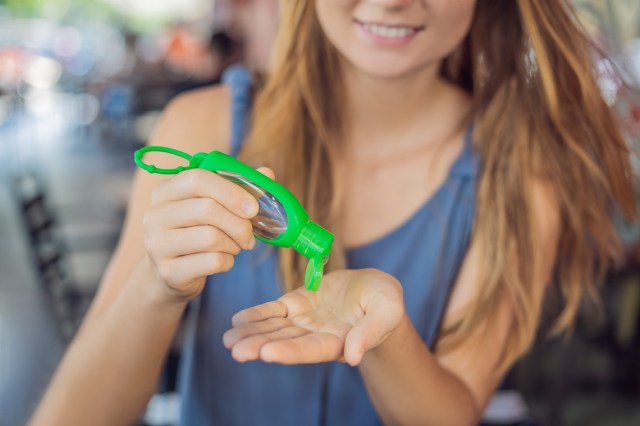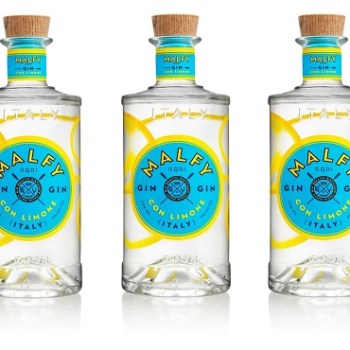The spread of COVID-19, also known as novel coronavirus, is continuing at a fast pace across the world.
In Australia, the World Health Organisation’s (WHO) official records show there have been 77 confirmed cases and three deaths so far, numbers which are predicted to rise further. In the meantime, vast hordes of panic buying shoppers clear shelves of toilet paper, while things like hand sanitiser and face masks suffer international shortages.
The lack of hand sanitiser is causing concern in many people who are trying to follow official WHO advice about regularly and thoroughly cleaning hands to prevent the spread of the disease. But rather than just use soap and water, some are making their own hand sanitiser.
When you type ‘home made’ into Google, the first suggested result is hand sanitiser. There are recipes from multiple sites, along with suggestions about replacing things like isopropyl-based rubbing alcohol with ethanol-based drinking alcohol like vodka.
The idea of using vodka in medical or hygiene situations is (unfortunately) not a new one. Search ‘can you use vodka’ and the top three suggestions are about cleaning wounds and sanitising, instead of its vastly better and more obvious use in cocktails.

As this debate gains traction and coverage, more and more information comes to light to answer the question about making your own hand sanitiser.
The WHO actually have a document about creating hand rub formulas. But they’re far from home recipes, specifically using scientific equipment and ingredients not readily available for consumers.
In the UK, Psychompomp Micro-distillery and Circumstance Distillery have created their own formula, using 65 per cent ethanol, gin botanicals and aloe vera gel. They are encouraging customers to bring their own bottles to fill at their facilities, with all profits going to a local children’s hospital charity.
Co-founder Liam Hirt told The Drinks Business that “The team wanted some hand sanitiser and everywhere was sold out so we decided to make some!”
What’s important to note here is that the distillers would have access to a bigger range of ingredients and equipment than could be found or acquired in the home. It’s unlikely they’ve just chucked finished drinkable gin into a mix and hoped for the best.
Meanwhile, in the US, Tito’s Vodka has urged customers to not use their vodka in homemade sanitisers in several responses on Twitter.
“Per the CDC [Center for Disease Control and Prevention in the US], hand sanitizer needs to contain at least 60 per cent alcohol. Tito’s Handmade Vodka is 40 per cent alcohol and therefore does not meet the current recommendation of the CDC,” the tweet replies said.
Tweets were sent to multiple users after they had mentioned vodka and hand sanitiser in the same sentence. Some of the users had shared articles from a range of sites with related recipes that use drinking alcohol. But at the time of writing, these articles had either been updated to remove the spirits related ingredients, or deleted altogether.
No matter what the percentage of alcohol, there are an overwhelming amount of warnings against making your own sanitisers at home. There is a delicate balance to getting the levels of alcohol right, and messing up could mean ineffective concoctions that don’t kill germs, or excessively strong mixes that dry and irritate your hands.
And definitely don’t waste precious spirits trying to make your own hand sanitiser.
The best advice if you can’t find any hand sanitiser on the shelves? Wash your damn hands.



